
Today I'm introducing a new series, One Great Tool. In each post, I'll highlight one hand tool that is indispensable to our daily cooking and gardening activities. We hope that by sharing our favorites with you, we can encourage more efficient and fun homesteading.
The first step to cooking any winter squash or making a jack-o-lantern is to remove the seeds and stringy flesh from the inside. Pulling them out by hand is one way, but it always reminds me of the 'cold bowl of spaghetti masquerading as pig guts' trick. It feels icky and rarely removes all of the seed material.
Instead, we go right for a grapefruit spoon
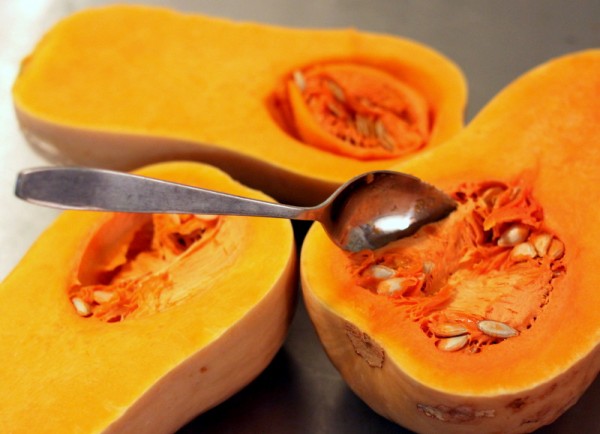
With a few simple scrapes using the spoon, all the gooey bits of the squash separate from the flesh which can then be roasted whole, roasted in chunks for soup or boiled. We save the seeds for roasting or replanting.
We reach our hands, clutching a grapefruit spoon, into the middle of jack-o-lantern pumpkins too. The spoons cleanly remove the bits of membrane that might otherwise catch on fire when you light the candle. I've even used it to remove the seedy middle from halved zucchini and summer squash.
We don't eat grapefruit very often because it isn't grown in Ohio and some people experience a negative interaction with a medicine Alex takes. But we do use our grapefruit spoons for squash frequently, especially in the fall.

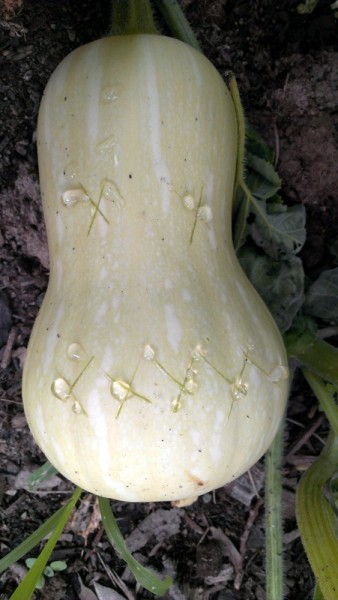
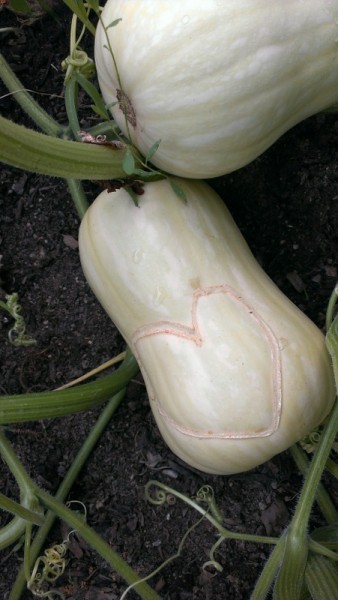
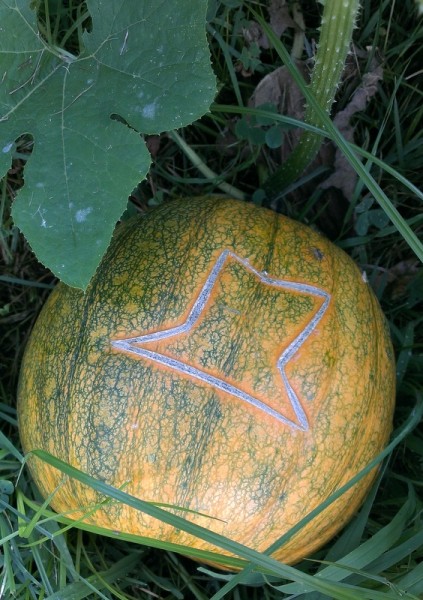
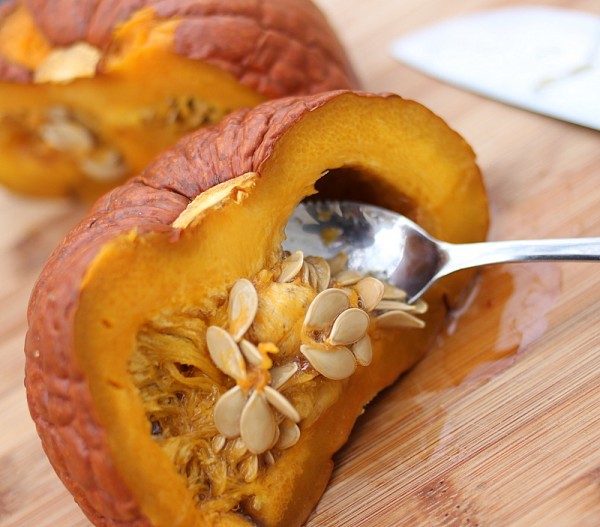
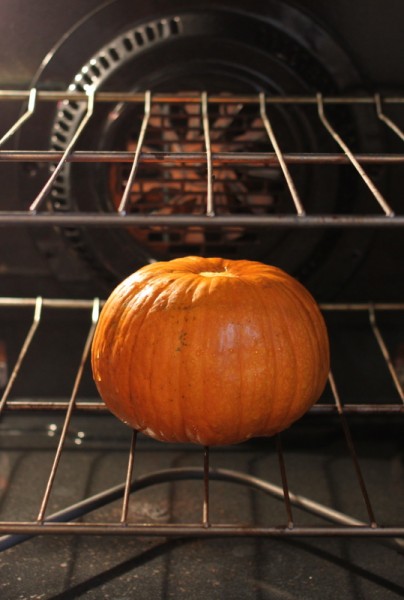
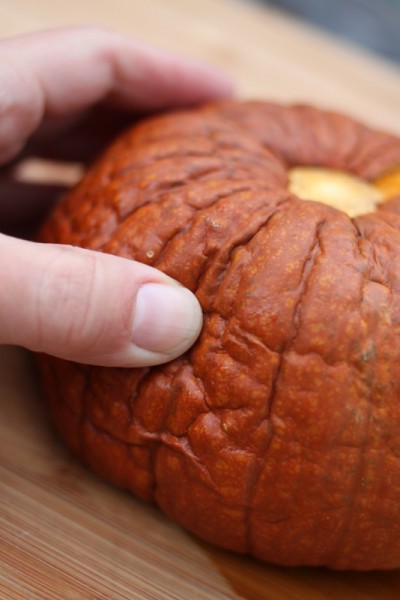


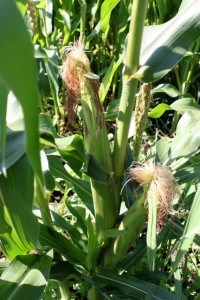
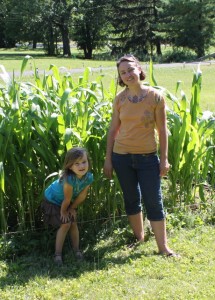

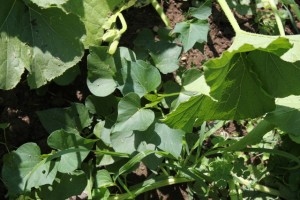
 Today we ate our last
Today we ate our last 











